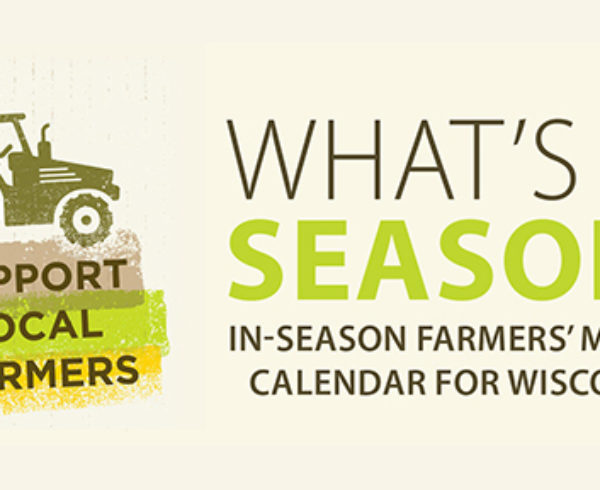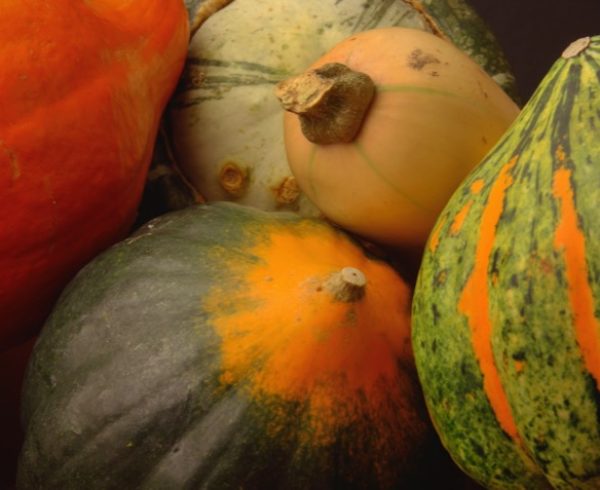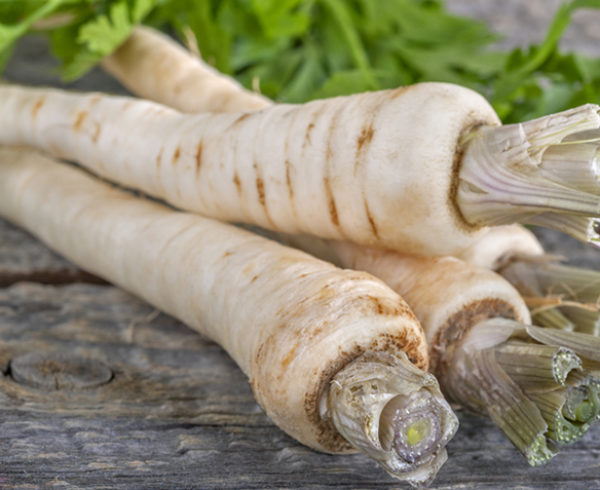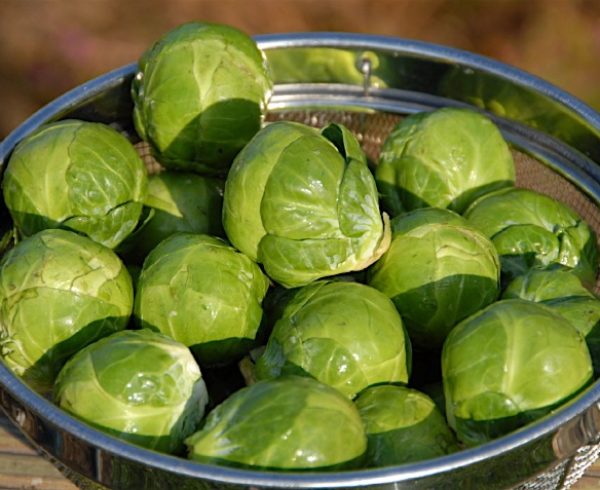Seasonal Availability:
Hello, state fruit of Wisconsin. Wisconsin is the main U.S. producer of cranberries, which are generally harvested in September and October.
Health Benefits:
These low-calorie berries are high in fiber and vitamins C and E–antioxidants that protect your cells and help limit aging caused by molecules called free radicals.
How to Select:
Select berries that appear plump and are firm.
How to Store:
Stock up! Cranberries can be refrigerated for two months, or frozen for up to a year.
How to Prepare:
Sometimes cranberries are only added to the dinner table during a holiday, and that’s unfortunate. Cranberries work amazingly in sauces and relishes, of course, but they also make great additions to stuffing, breads (muffins, waffles, pancakes), and rice pilafs. Try adding them to your smoothies or hot breakfast cereal. Cranberry sauces and relishes make fantastic toppings for turkey, chicken, and pork, and they brighten up any plate with a pop of color and sweetness. Raw, they add pops of color and tartness to a green salad topped with creamy feta or avocado. I like using cranberry sauce instead of salad dressing: cranberry sauce doesn’t have to involve a ton of refined sugar—cook down a pound of cranberries, add a can of pineapple with its juice and a bag of frozen raspberries to sweeten. Or, for a chilled, raw relish, check out the following recipe.
Recipe: Cranberry Relish
Recipe Information
Total Time: 10 minutes
Servings: 15
Ingredients
- 1 pound whole cranberries, fresh or frozen
- 1 pound Granny Smith apples, cored and finely chopped
- 15 ounces canned mandarin oranges, drained and finely chopped
- 10 ounces canned crushed pineapple, drained
- 1/2 cup honey
- 1/4 teaspoon cinnamon
- 1/4 teaspoon ground ginger
- 1/4 teaspoon allspice
Preparation
Pulse cranberries in a food processor until coarsely chopped. Then, transfer into a bowl and add pineapple, apple, and orange pieces. Next, add honey and spices and mix well. Taste and adjust as needed.
Refrigerate overnight to allow flavors to develop. Bring to room temperature and mix well before serving.
Nutritional Information
92 calories, 0 g. fat, 0 mg. cholesterol, 2 mg. sodium, 24 g. carbohydrate, 3 g. fiber, 1 g. protein
Recommended reading:
Sure, you can find hundreds of (delicious!) sugar-sweetened cranberry recipes on the internet, but savory ones are a bit harder to spot. In Put ‘em Up! Fruit by Sherri Brooks Vinton, you’ll find more savory uses like Blue Cheese Biscuits with Savory Cranberry Relish and Braised Chickpeas with Lemon Cranberry Chutney. The book is available through the Hudson Public Library system.
What about you?
What’s your favorite savory application for cranberries? Share your thoughts with us over on our Facebook page!
Want to see more local, fresh produce in your fridge? Consider becoming an owner of the Hudson Grocery Cooperative—which will be a locally-owned, full-service grocery store that offers diverse food and product choices including organic, sustainable and regionally sourced options for our community.
Image and recipe credit: Welcome to the Table







Leave a Comment